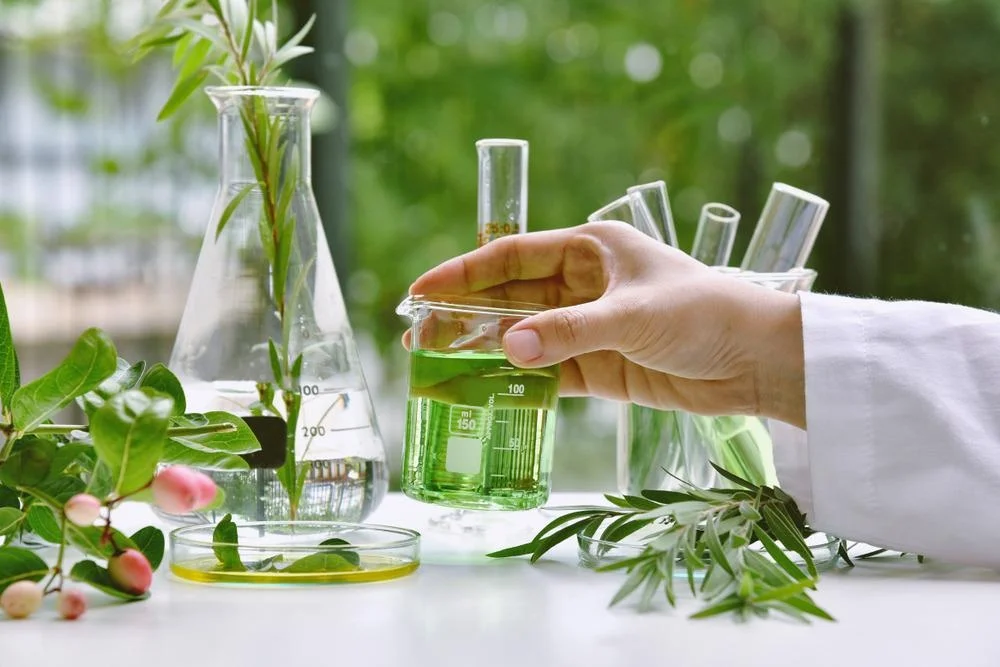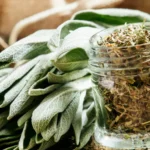How Plants Contribute to Modern Medicine
Plants play a crucial role in modern medicine, offering a wide range of therapeutic benefits. From ancient remedies to contemporary pharmaceutical advancements, plant-based substances form the foundation of many medical treatments today. This connection between plants and medicine continues to evolve, as research uncovers new ways to harness their healing properties. Understanding how plants contribute to modern medicine reveals the remarkable potential of nature’s resources in improving human health.

1. Medicinal Plant Compounds: The Foundation of Many Drugs
Many modern medicines have their origins in plant compounds. These natural substances, such as alkaloids, flavonoids, and terpenes, have powerful effects on the human body. Researchers isolate these compounds to create drugs that treat various health conditions, from infections to chronic diseases.
- How They Work: Compounds in plants interact with the body in unique ways, influencing biological processes. For example, the alkaloid morphine, derived from the opium poppy, provides pain relief by binding to receptors in the brain.
- Examples: The anti-malarial drug quinine, derived from the bark of the cinchona tree, has saved millions of lives. Similarly, the cancer treatment paclitaxel, extracted from the Pacific yew tree, has been a breakthrough in chemotherapy.
2. Herbal Remedies and Plant-Based Treatments
Herbal medicine continues to be a popular treatment option in modern healthcare. Many people seek plant-based remedies for conditions such as anxiety, digestive issues, and skin problems. While herbal treatments are often used in complementary medicine, some have become mainstream due to their proven effectiveness.
- How They Work: Plants like chamomile, ginger, and peppermint have calming, anti-inflammatory, or digestive benefits that support overall health. Herbal remedies often come in the form of teas, tinctures, or capsules.
- Examples: Valerian root is commonly used to treat insomnia, while St. John’s wort is known for its mood-boosting properties. These herbs offer an alternative to synthetic medications for some individuals.
Balancing Natural Wellness with Digital Entertainment
Embracing a healthy lifestyle doesn’t mean ignoring the need for relaxation and entertainment. Just as Herbal Bear promotes well-being through holistic education, exploring a real money casino can provide a fun and engaging way to unwind. Like herbal remedies, it’s about balance and choosing what fits your lifestyle. Enjoying leisure responsibly is part of a well-rounded approach to wellness.
casino bonuses
Herbalbear.com likely offers natural health and wellness products, focusing on herbal remedies. While visitors explore options for well-being and natural solutions, some might also enjoy online entertainment during their leisure time. For those interested in exploring online gaming platforms with rewarding offers, discover a range of casino bonuses. Explore the exciting promotions and bonus opportunities available at Crazy Vegas casino.
3. Anti-Cancer Properties in Plants
Plants have long been studied for their potential anti-cancer properties. Several plant compounds show promise in preventing or slowing the growth of cancer cells. Researchers continue to explore the vast potential of plants in cancer treatment, with many current therapies based on plant-derived substances.
- How They Work: Certain plant compounds help inhibit the growth of cancer cells, boost the immune system, or reduce inflammation. These effects can either prevent cancer or aid in its treatment alongside conventional therapies.
- Examples: Curcumin, found in turmeric, has shown anti-inflammatory and anti-cancer effects. Additionally, the compound resveratrol, found in grapes, has been studied for its ability to combat cancer cells and improve health outcomes.
Explore Online Roulette at Crazy Vegas
While you’re exploring the natural remedies and herbal products at Herbal Bear here in Harare on this pleasant Tuesday morning, you might also find interest in discovering online entertainment options for your leisure time. For those seeking the thrill of online roulette, you can explore crazyvegas online roulette. Discover a reputable platform where you can enjoy the excitement of the spinning wheel from the comfort of your own space.
4. Plants as Sources of Antibiotics
Before the discovery of synthetic antibiotics, people relied on plant-based substances to fight infections. Modern medicine still uses plant-derived antibiotics to treat bacterial infections. These natural antibiotics continue to serve as vital tools in healthcare.
- How They Work: Plant antibiotics kill or inhibit the growth of bacteria without harming the body’s cells. By targeting specific bacterial functions, these compounds help the immune system fight off infections more effectively.
- Examples: The antibiotic penicillin, derived from mold (a type of fungus related to plants), revolutionized medicine. More recently, plant-based antibiotics like allicin, found in garlic, are being researched for their potential to combat resistant strains of bacteria.
5. The Role of Plants in Traditional and Modern Medicine
Plants have always been integral to medicine, and their role continues to grow as science and technology advance. While many plant-based treatments remain rooted in traditional healing practices, modern research continues to validate their effectiveness. As such, plants provide a bridge between ancient knowledge and modern science.
- How They Work: Traditional medicine has always relied on the healing powers of plants, using them to treat a variety of conditions. Today, modern medicine uses scientific techniques to isolate, test, and enhance the therapeutic properties of plants.
- Examples: Ginseng, widely used in traditional medicine, has been shown to improve energy levels and cognitive function. Researchers are now isolating its active compounds to create standardized treatments.
Conclusion
Plants have made an indelible mark on modern medicine, offering a wealth of healing properties that continue to shape healthcare. Whether through the development of pharmaceutical drugs, herbal remedies, or cancer treatments, plants remain a crucial part of the medical field. Their contributions will undoubtedly continue to inspire new advancements, making them a cornerstone of modern medicine for years to come.



